Growing Awareness and Advocacy
The growing awareness and advocacy surrounding Apert Syndrome Market are likely to serve as a catalyst for the Apert Syndrome Market. Advocacy groups and organizations are actively working to educate the public and healthcare professionals about the condition, its implications, and available treatment options. This increased awareness may lead to more individuals seeking diagnosis and treatment, thereby expanding the patient population. Additionally, advocacy efforts can influence policy changes and funding allocations, which may further support research and development in this area. As awareness campaigns gain traction, they could also foster a sense of community among affected families, encouraging them to seek out resources and support services. This collective effort is expected to enhance the visibility of Apert Syndrome Market, ultimately driving growth in the market.
Rising Incidence of Apert Syndrome
The increasing incidence of Apert Syndrome Market appears to be a significant driver for the Apert Syndrome Market. Recent estimates suggest that the prevalence of this condition is approximately 1 in 65,000 live births. This rising incidence may lead to heightened demand for medical interventions and support services. As more cases are diagnosed, healthcare providers are likely to invest in specialized treatments and surgical options, thereby expanding the Apert Syndrome Market. Furthermore, the growing awareness among healthcare professionals and parents about genetic disorders may contribute to earlier diagnosis and intervention, which could further stimulate market growth. The need for comprehensive care and management strategies for affected individuals is likely to drive innovation and investment in this sector.
Expansion of Healthcare Infrastructure
The expansion of healthcare infrastructure is anticipated to positively impact the Apert Syndrome Market. As healthcare systems evolve and improve, access to specialized care for individuals with Apert Syndrome Market is likely to increase. This expansion may include the establishment of dedicated clinics and centers of excellence that focus on craniofacial disorders, providing comprehensive care for affected individuals. Enhanced healthcare infrastructure can facilitate early diagnosis and intervention, which are critical for improving patient outcomes. Moreover, as healthcare providers become more equipped to manage complex cases, the demand for surgical and therapeutic interventions may rise. This trend could lead to a more competitive market landscape, with various stakeholders vying to offer innovative solutions for Apert Syndrome Market management. The overall improvement in healthcare services is expected to drive growth in the Apert Syndrome Market.
Technological Innovations in Treatment
Technological advancements in treatment modalities are poised to play a crucial role in shaping the Apert Syndrome Market. Innovations in surgical techniques, such as minimally invasive procedures and 3D printing for custom implants, are enhancing patient outcomes and reducing recovery times. The introduction of advanced imaging technologies allows for better pre-surgical planning and post-operative assessments, which may lead to improved surgical success rates. Additionally, the development of targeted therapies and genetic counseling services is likely to provide new avenues for treatment, thereby expanding the market. As these technologies become more accessible, healthcare providers may increasingly adopt them, further driving growth in the Apert Syndrome Market. The integration of telemedicine for follow-up care and consultations could also enhance patient management, making it a vital component of the evolving landscape.
Increased Funding for Research and Development
The Apert Syndrome Market is likely to benefit from increased funding for research and development initiatives. Government and private organizations are increasingly recognizing the need for research into rare genetic disorders, including Apert Syndrome Market. This funding may facilitate the exploration of new treatment options, genetic therapies, and improved diagnostic tools. As research progresses, it could lead to breakthroughs that enhance the understanding of the condition and its management. Furthermore, collaborations between academic institutions and pharmaceutical companies may foster innovation, resulting in the development of novel therapies. The potential for new products entering the market could stimulate competition and drive down costs, ultimately benefiting patients and healthcare providers alike. This influx of funding and research activity is expected to create a more robust Apert Syndrome Market.


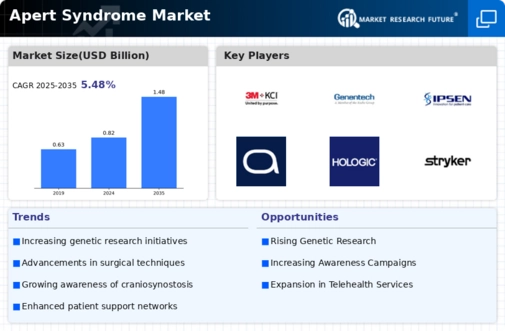
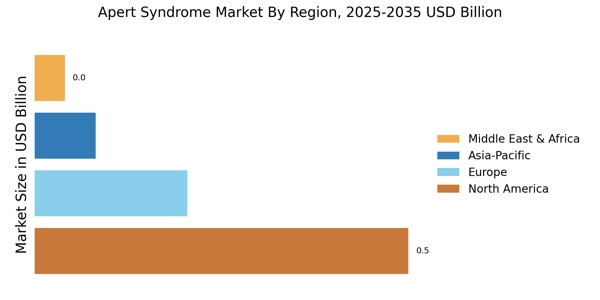
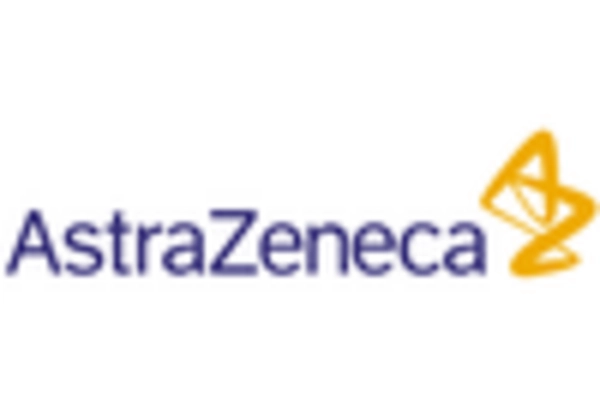
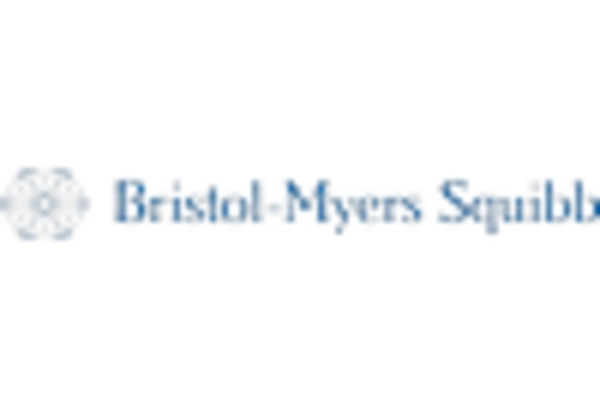
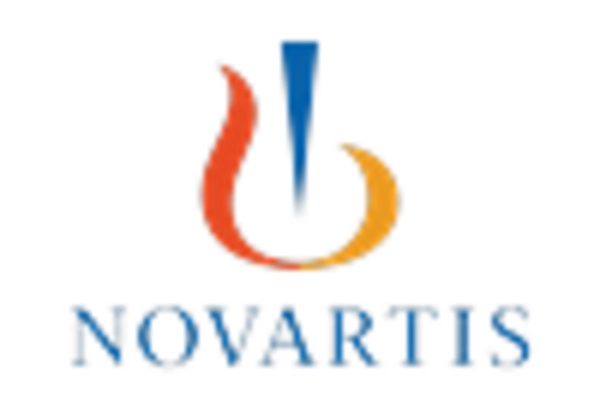

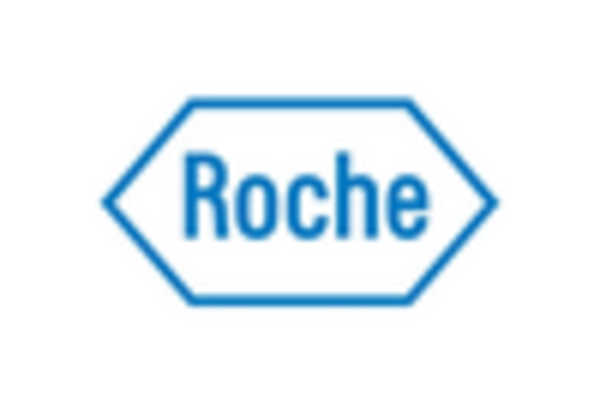
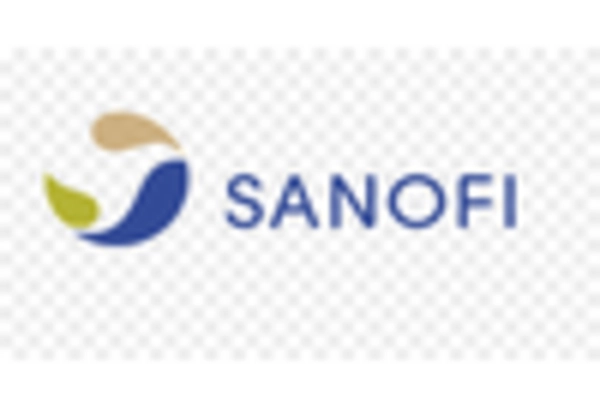








Leave a Comment